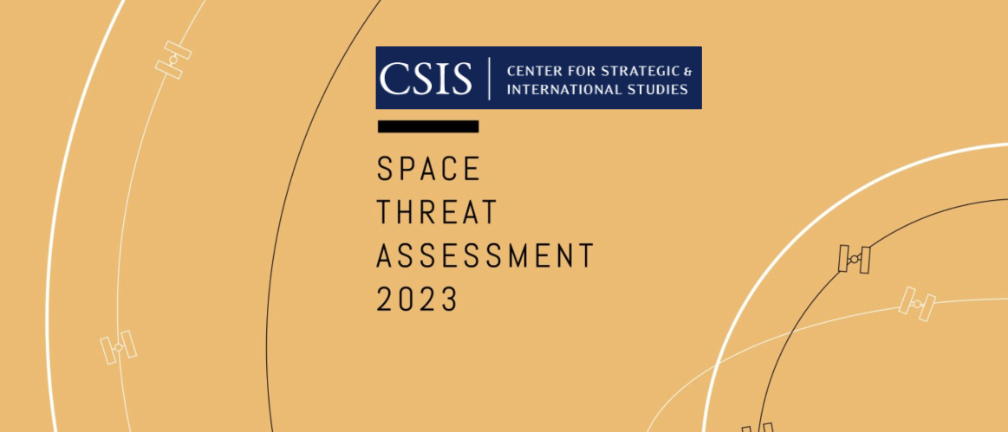
When the Russian Luch (Olymp) 2 [Norad ID 55841] launched in March 2023, it was unclear how closely its behavior would mirror its predecessor, Luch (Olymp) [Norad ID 40258], a well-known interloper among geosynchronous satellites. Since Luch (Olymp)’s launch in September of 2014, it has approached and loitered near other satellites in geosynchronous orbit, sparking international concern.
In recent days, Slingshot’s machine learning-based, object profiling engine has identified multiple maneuvers by the new Luch (Olymp) 2 satellite that are highly reminiscent of the behavior exhibited by its predecessor – suggesting that perhaps Luch (Olymp) 2 is now picking up where Luch (Olymp) left off. This behavior has resulted in numerous close approaches with other satellites in geosynchronous orbit. [You can read more about Luch (Olymp)’s behavior in the Center for Strategic and International Studies’ (CSIS) Space Threat Assessment 2023]

Slingshot’s machine learning-based, object profiling engine processes data from multiple sources to continuously and autonomously monitor the behavior of all GEO spacecraft – providing near, real-time, automated alerts of anomalous behavior by spacecraft in geosynchronous orbit, and generating valuable insights for space operators and nearby satellite operators.
Shortly after Luch (Olymp) 2 initiated its maneuver on September 26, 2023, Slingshot’s maneuver detection algorithms determined that Luch (Olymp) 2 had begun drifting westward at a rate of ~1°/day, before slowing its drift to ~.3°/day on October 2, 2023, near ~3° East, where it appears it will visit another “neighborhood” of GEO spacecraft.
After detecting the Luch (Olymp) 2 maneuver, the Slingshot Global Sensor Network validated the behavior identified by Slingshot’s algorithms and provided additional insights regarding the nature of the activity, with two projected close approaches of ~16 km and ~61 km taking place near ~2.9° East and ~3.1° East, respectively.
The above image shows the Slingshot Global Sensor Network’s optical tracking of Luch (Olymp) 2 as it drifted past a number of GEO satellites on its journey from ~9° East to ~3° East.
In addition to providing analytics on past movements, Slingshot’s object profiling engine offers live alerts and analytics on activities in the space environment, flagging anomalous movement and behavior as it occurs, as well as predicting future events and encounters.
Slingshot’s algorithms predict future events by leveraging past satellite behavior and analyses of satellite “neighborhoods” to project the most probable future events – and have predicted where Luch (Olymp) 2 is most likely to complete its current drift.
Slingshot’s object profiling engine and the Slingshot Global Sensor Network will continue to keep a watchful eye on Luch (Olymp) 2 and all other satellites in GEO.
.png)
Story author: Clarice Reid — she is a senior data scientist and started working at Slingshot Aerospace in 2022. Ms. Reid has worked with the AI/ML team to develop algorithms for classification, interpretation and prediction of satellite behavior for improved space situational awareness. Her current focus is aimed at investigating the behaviors of space objects using machine learning, deep learning, and AI.
